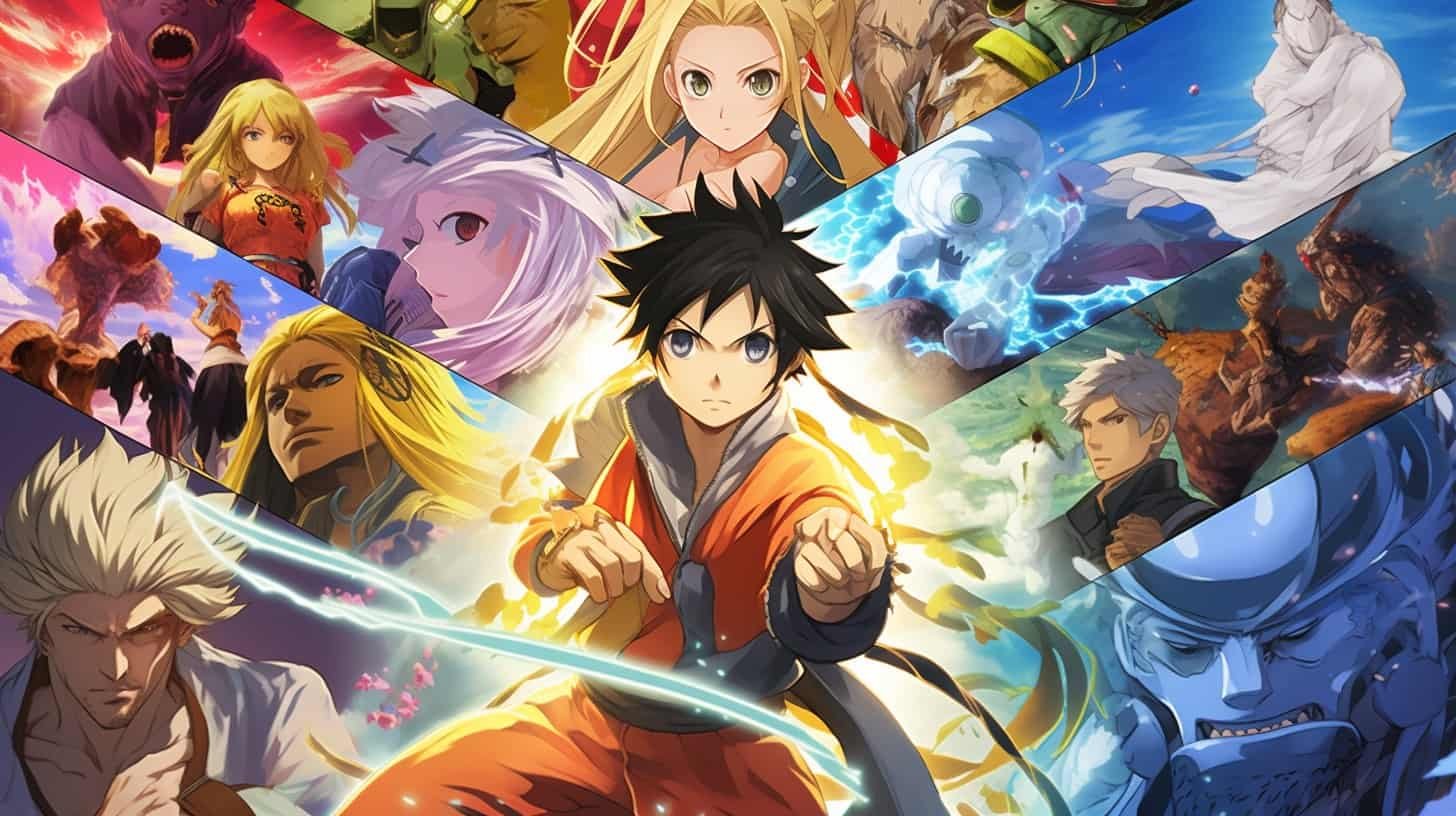Anime Surge: The Unstoppable Growth of Japanese Animation Across the Globe

Anime, a distinctive style of Japanese animation, has taken the world by storm over the last few decades. What began as a cultural product aimed primarily at Japanese audiences has evolved into a global entertainment powerhouse, influencing everything from popular culture to fashion and even filmmaking. This “anime surge” is not a sudden phenomenon; it is the result of years of creative storytelling, cultural exchange, and technological advancements. In this article, we’ll delve into the origins of anime, the factors contributing to its surge in popularity, and its profound impact on global culture.
The Origins of Anime: A Brief History
Table of Contents
ToggleAnime as we know it today has deep roots in Japanese art and storytelling. Early Japanese animation, or “anime” as it’s called in Japan, began in the early 20th century. Influenced by Western animation, Japanese creators soon developed their own style. The works of Osamu Tezuka, often called the “God of Manga,” laid much of the groundwork for what anime would become. His creation Astro Boy (Tetsuwan Atom) in 1963 is often cited as the first successful anime series, introducing many of the stylistic elements that define the medium today—large expressive eyes, exaggerated facial expressions, and a focus on narrative-driven storytelling.
Throughout the 1970s and 1980s, anime continued to evolve, with series like Mobile Suit Gundam, Dragon Ball, and Macross (known as Robotech in the West) captivating audiences. These shows were revolutionary in that they appealed not just to children, but also to teens and adults, a trend that has continued. By the 1990s, anime started gaining more international attention, thanks to iconic series like Sailor Moon, Pokémon, and Neon Genesis Evangelion. These shows introduced global audiences to the breadth and diversity of anime’s storytelling possibilities, helping to set the stage for the surge in popularity that would follow.
Factors Driving the Anime Surge
1. Technological Advancements and Streaming Platforms
One of the most significant factors contributing to the global surge in anime’s popularity is the rise of digital streaming platforms. In the past, access to anime outside Japan was limited to VHS tapes, DVDs, or imported products. Fans often had to rely on fan-subbed videos or hard-to-find collections to watch their favorite shows. However, with the advent of the internet and streaming services, anime became far more accessible to a global audience.
Platforms like Crunchyroll, Funimation, and Netflix have played a pivotal role in the anime surge by offering legal, high-quality, and immediate access to both classic and newly released anime. This accessibility has lowered the barriers to entry for potential fans, allowing people to explore the medium with ease. Streaming services even provide simulcasts of current anime series, where episodes are aired shortly after their Japanese release, ensuring that international fans are always up to date.
2. Diverse and Engaging Storytelling
Anime has a unique ability to offer stories that appeal to a wide range of audiences. While Western animation is often confined to children’s programming, anime spans multiple genres and themes, including action, romance, science fiction, fantasy, horror, and slice-of-life. More than just entertainment, anime often delves into complex social issues, mental health, existentialism, and philosophy. This diversity allows for greater emotional resonance and a broader demographic appeal.
Shows like Attack on Titan and My Hero Academia have introduced Western audiences to epic narratives that go beyond mere entertainment. Films like Your Name and Spirited Away showcase the emotional depth and visual beauty that anime can achieve. The willingness of anime creators to tackle difficult subjects, such as war, personal loss, and even mental illness, distinguishes anime from traditional Western animation.
3. Cultural Exchange and Cross-Pollination
Anime’s global surge can also be attributed to the increasing cultural exchange between Japan and the rest of the world. As Japanese culture became more accessible and admired globally, anime became a key cultural export. At the same time, Western media started taking inspiration from anime’s unique visual style and narrative techniques. Many filmmakers and creators cite anime as an influence, including major Hollywood directors like Quentin Tarantino, Guillermo del Toro, and the Wachowskis.
This cross-pollination has enriched both anime and global popular culture. Japanese creators have taken cues from Western storytelling conventions, while Western filmmakers have incorporated anime-like elements into their work. This ongoing cultural exchange has helped blur the lines between what is considered “Western” or “Japanese,” making anime an integral part of the global entertainment landscape.
4. A Global Fandom and the Power of Social Media
Anime’s global fandom is a key driver of its continuing surge in popularity. Unlike other forms of entertainment, anime fandom is known for its passionate, highly engaged community. This has been amplified by social media platforms like Twitter, TikTok, Instagram, and Reddit, where fans can share fan art, memes, theories, and recommendations with a worldwide audience.
Conventions such as Anime Expo in the United States and Comic Market (Comiket) in Japan also play an important role in building the anime community. These events give fans a place to celebrate their favorite series, meet fellow enthusiasts, and engage with creators. The global nature of these conventions shows how anime has created an interconnected community that transcends national boundaries.
Anime’s Cultural Impact and Future Growth
The cultural impact of anime extends far beyond entertainment. From fashion to food, anime has influenced various aspects of global culture. The popularity of Japanese streetwear brands like BAPE and Uniqlo, for instance, can be partially attributed to their association with anime culture. In addition, anime has inspired an entire generation of digital artists, many of whom have gained recognition through platforms like DeviantArt and Instagram, where they share anime-inspired artwork.
As anime continues to grow, the industry itself is evolving. With more international collaborations, increased investment in high-quality productions, and further integration with technology such as virtual reality (VR) and augmented reality (AR), the future of anime looks brighter than ever.
Conclusion
The anime surge is not just a trend; it is a cultural revolution that has reshaped global entertainment. Through a combination of technological advancements, diverse storytelling, and a thriving global fan community, anime has established itself as a permanent fixture in the cultural landscape. As it continues to evolve and expand, anime’s influence will undoubtedly grow, leaving a lasting impact on generations to come. Whether you’re a seasoned anime fan or a newcomer, there’s no denying that anime’s moment in the spotlight is here to stay—and it’s only getting brighter.













Post Comment